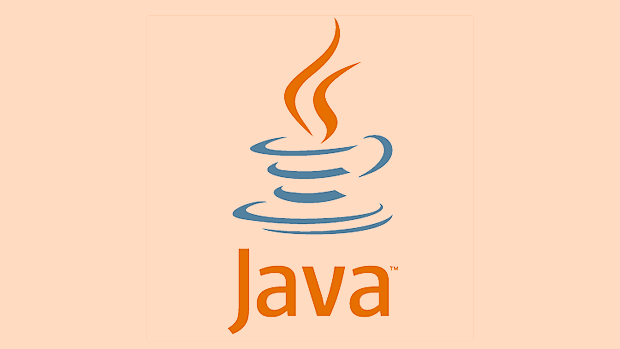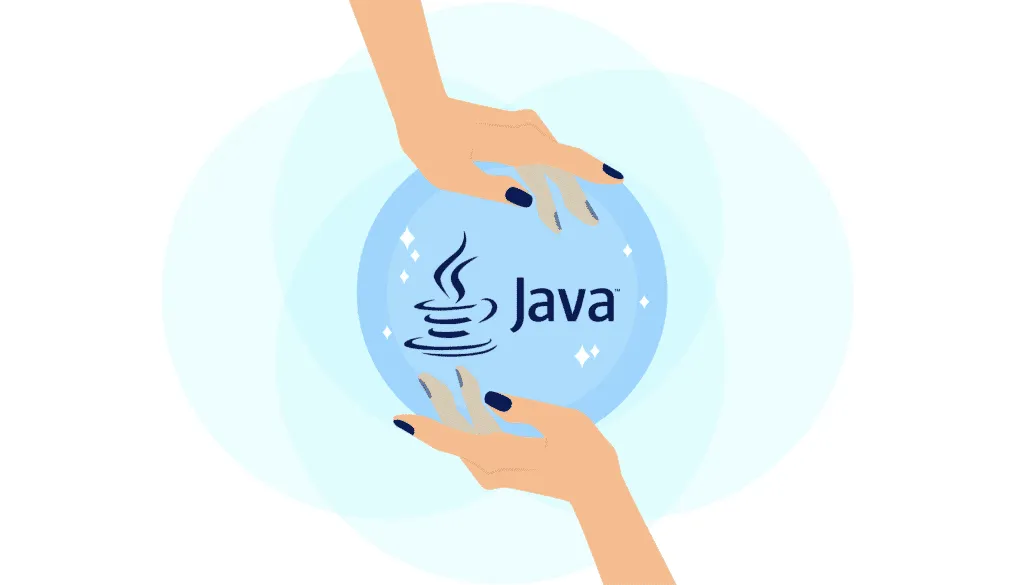The Java reflection API is a tool for dynamically obtaining class information and operating class members when a program runs. The core answer is: it allows the runtime to load classes, access private members, create instances and call methods. 1. The class can be loaded dynamically through Class.forName(); 2. Use getDeclaredConstructor().newInstance() or setAccessible(true); 3. Call methods through getMethod() and invoke(); 4. Support obtaining structural information such as methods, fields, constructors of the class; 5. Access private members but use them with caution; 6. Pay attention to performance overhead, security restrictions, encapsulation corruption and compatibility risks when using them.

Java's reflection mechanism is a very powerful tool that allows programs to check information about classes, interfaces, fields and methods at runtime, and can call methods or modify field values ??at runtime. This is very useful for framework development, general code writing, and debugging scenarios.

What is the Java Reflection API?
The Java Reflection API is mainly located in the java.lang.reflect package. It provides a series of classes and methods, allowing you to dynamically load classes, obtain class structure information, access private members, and even create object instances and call methods. Simply put, it breaks the limitations on type information at compile time and gives the program more flexibility at runtime.

For example, even if you don't know the specific name of a class, you can load it through the class name string:
Class<?> clazz = Class.forName("com.example.MyClass");This is used in many frameworks to implement plug-in or configuration driver behavior.

Common uses and tips
Dynamically create objects and call methods
You can create objects instead of using the new keyword, but by reflection:
Object obj = clazz.getDeclaredConstructor().newInstance();
If the constructor is private, you can also bypass the restrictions by setting access permissions:
Constructor<?> constructor = clazz.getDeclaredConstructor(); constructor.setAccessible(true); Object obj = constructor.newInstance();
Similarly, calling methods is convenient:
Method method = clazz.getMethod("myMethod", String.class);
method.invoke(obj, "hello");Notice:
- The method name and parameter type must match
- If the method is private, you need to call
setAccessible(true)first- When calling a static method, pass null the first parameter of invoke
Get class structure information
Reflection can also help us view the details of the class, such as:
- All methods:
clazz.getMethods()(including inherited methods) orclazz.getDeclaredMethods()(only the current class definition) - All fields:
clazz.getFields()orclazz.getDeclaredFields() - All constructors:
clazz.getConstructors()orclazz.getDeclaredConstructors()
This information is very helpful for debugging, logging, or generating documents.
Access private fields and methods
Sometimes we need to access private members of the class, such as doing unit testing or reverse engineering analysis. Reflection can do this easily:
Field field = clazz.getDeclaredField("secretValue");
field.setAccessible(true);
String value = (String) field.get(obj);However, it should be noted that this approach may undermine the packaging and bring about security and maintenance issues, so it is recommended to use only if necessary.
Issues to note when using reflection
Although the reflection is powerful, there are some potential risks and performance issues:
- Performance overhead : Reflection operations are much slower than direct code calls, especially when frequently called hotspot paths should be avoided.
- Security Limitations : Some environments (such as when Security Manager is turned on) limit reflection behavior, especially accessing private members.
- Destroy encapsulation : Overuse of reflection can make the code difficult to understand and maintain.
- Compatibility risks : JDK version upgrades may affect reflection behavior, especially after the introduction of module systems (Java 9).
Therefore, in actual development, reflection is more suitable for framework design, general components, testing tools and other scenarios, rather than regular business logic.
Basically that's it. Reflection is a good tool, but don't abuse it.
The above is the detailed content of Exploring Java Reflection API Capabilities. For more information, please follow other related articles on the PHP Chinese website!

Hot AI Tools

Undress AI Tool
Undress images for free

Undresser.AI Undress
AI-powered app for creating realistic nude photos

AI Clothes Remover
Online AI tool for removing clothes from photos.

Clothoff.io
AI clothes remover

Video Face Swap
Swap faces in any video effortlessly with our completely free AI face swap tool!

Hot Article

Hot Tools

Notepad++7.3.1
Easy-to-use and free code editor

SublimeText3 Chinese version
Chinese version, very easy to use

Zend Studio 13.0.1
Powerful PHP integrated development environment

Dreamweaver CS6
Visual web development tools

SublimeText3 Mac version
God-level code editing software (SublimeText3)

Hot Topics
 How to iterate over a Map in Java?
Jul 13, 2025 am 02:54 AM
How to iterate over a Map in Java?
Jul 13, 2025 am 02:54 AM
There are three common methods to traverse Map in Java: 1. Use entrySet to obtain keys and values at the same time, which is suitable for most scenarios; 2. Use keySet or values to traverse keys or values respectively; 3. Use Java8's forEach to simplify the code structure. entrySet returns a Set set containing all key-value pairs, and each loop gets the Map.Entry object, suitable for frequent access to keys and values; if only keys or values are required, you can call keySet() or values() respectively, or you can get the value through map.get(key) when traversing the keys; Java 8 can use forEach((key,value)->
 Java Optional example
Jul 12, 2025 am 02:55 AM
Java Optional example
Jul 12, 2025 am 02:55 AM
Optional can clearly express intentions and reduce code noise for null judgments. 1. Optional.ofNullable is a common way to deal with null objects. For example, when taking values ??from maps, orElse can be used to provide default values, so that the logic is clearer and concise; 2. Use chain calls maps to achieve nested values ??to safely avoid NPE, and automatically terminate if any link is null and return the default value; 3. Filter can be used for conditional filtering, and subsequent operations will continue to be performed only if the conditions are met, otherwise it will jump directly to orElse, which is suitable for lightweight business judgment; 4. It is not recommended to overuse Optional, such as basic types or simple logic, which will increase complexity, and some scenarios will directly return to nu.
 How to fix java.io.NotSerializableException?
Jul 12, 2025 am 03:07 AM
How to fix java.io.NotSerializableException?
Jul 12, 2025 am 03:07 AM
The core workaround for encountering java.io.NotSerializableException is to ensure that all classes that need to be serialized implement the Serializable interface and check the serialization support of nested objects. 1. Add implementsSerializable to the main class; 2. Ensure that the corresponding classes of custom fields in the class also implement Serializable; 3. Use transient to mark fields that do not need to be serialized; 4. Check the non-serialized types in collections or nested objects; 5. Check which class does not implement the interface; 6. Consider replacement design for classes that cannot be modified, such as saving key data or using serializable intermediate structures; 7. Consider modifying
 Comparable vs Comparator in Java
Jul 13, 2025 am 02:31 AM
Comparable vs Comparator in Java
Jul 13, 2025 am 02:31 AM
In Java, Comparable is used to define default sorting rules internally, and Comparator is used to define multiple sorting logic externally. 1.Comparable is an interface implemented by the class itself. It defines the natural order by rewriting the compareTo() method. It is suitable for classes with fixed and most commonly used sorting methods, such as String or Integer. 2. Comparator is an externally defined functional interface, implemented through the compare() method, suitable for situations where multiple sorting methods are required for the same class, the class source code cannot be modified, or the sorting logic is often changed. The difference between the two is that Comparable can only define a sorting logic and needs to modify the class itself, while Compar
 How to handle character encoding issues in Java?
Jul 13, 2025 am 02:46 AM
How to handle character encoding issues in Java?
Jul 13, 2025 am 02:46 AM
To deal with character encoding problems in Java, the key is to clearly specify the encoding used at each step. 1. Always specify encoding when reading and writing text, use InputStreamReader and OutputStreamWriter and pass in an explicit character set to avoid relying on system default encoding. 2. Make sure both ends are consistent when processing strings on the network boundary, set the correct Content-Type header and explicitly specify the encoding with the library. 3. Use String.getBytes() and newString(byte[]) with caution, and always manually specify StandardCharsets.UTF_8 to avoid data corruption caused by platform differences. In short, by
 How to parse JSON in Java?
Jul 11, 2025 am 02:18 AM
How to parse JSON in Java?
Jul 11, 2025 am 02:18 AM
There are three common ways to parse JSON in Java: use Jackson, Gson, or org.json. 1. Jackson is suitable for most projects, with good performance and comprehensive functions, and supports conversion and annotation mapping between objects and JSON strings; 2. Gson is more suitable for Android projects or lightweight needs, and is simple to use but slightly inferior in handling complex structures and high-performance scenarios; 3.org.json is suitable for simple tasks or small scripts, and is not recommended for large projects because of its lack of flexibility and type safety. The choice should be decided based on actual needs.
 Java method references explained
Jul 12, 2025 am 02:59 AM
Java method references explained
Jul 12, 2025 am 02:59 AM
Method reference is a way to simplify the writing of Lambda expressions in Java, making the code more concise. It is not a new syntax, but a shortcut to Lambda expressions introduced by Java 8, suitable for the context of functional interfaces. The core is to use existing methods directly as implementations of functional interfaces. For example, System.out::println is equivalent to s->System.out.println(s). There are four main forms of method reference: 1. Static method reference (ClassName::staticMethodName); 2. Instance method reference (binding to a specific object, instance::methodName); 3.
 Outlook shortcut for new email
Jul 11, 2025 am 03:25 AM
Outlook shortcut for new email
Jul 11, 2025 am 03:25 AM
How to quickly create new emails in Outlook is as follows: 1. The desktop version uses the shortcut key Ctrl Shift M to directly pop up a new email window; 2. The web version can create new emails in one-click by creating a bookmark containing JavaScript (such as javascript:document.querySelector("divrole='button'").click()); 3. Use browser plug-ins (such as Vimium, CrxMouseGestures) to trigger the "New Mail" button; 4. Windows users can also select "New Mail" by right-clicking the Outlook icon of the taskbar






